This project provides a set of solid modeling tools which aims to help processing 3D objects with complex topology and geometry that are widely used in many industrial applications
(e.g., microstructure design and manufacturing, biomedical products and applications, jewelry products, reverse engineering).
The system is completely GPU-based and heavily based on an implicit representation named Layered-Depth-Normal-Image (LDNI) [1].
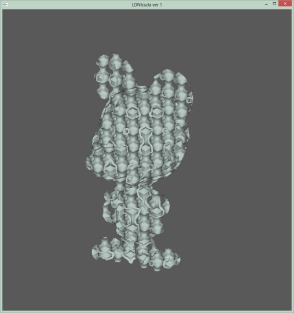
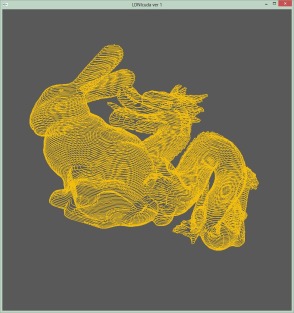
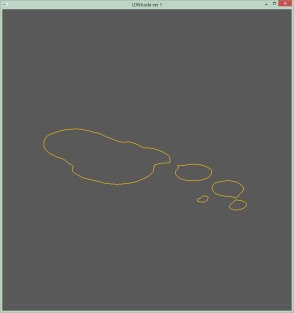
Executable (updated on 10/12/2014)![]()
Source Code (updated on 10/12/2014)![]()
Features:
Environment Required:
User Guide:
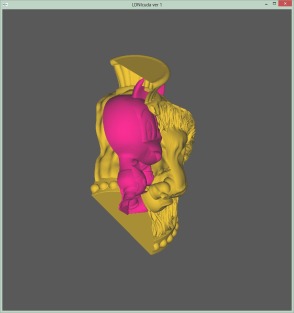
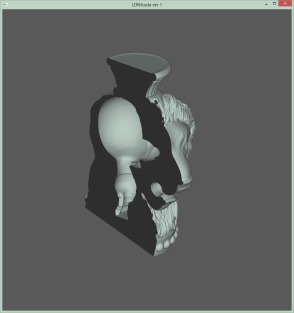 |
Boolean (A Subtract B)
1) File > Open > Choose A.obj 2) File > Open > Choose B.obj 3) LDNI > Cuda Boolean Operations > input "d" for subtraction 4) Input sampling resolution e.g. 512, 1024, 2048 Boolean (A Subtract B Union C) 5) File > Open > Choose C.obj 6) LDNI > Cuda Boolean Operations > input "u" for union Export LDNI to OBJ file 7) LDNI > Convert CUDA solid to mesh 8) Input resolution e.g. 512 |
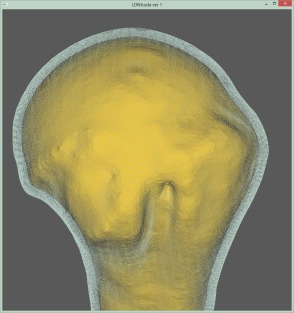
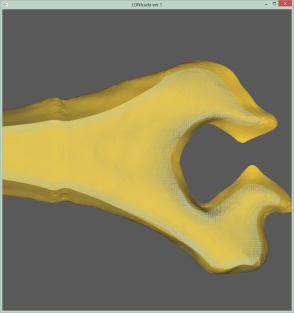
|
Offset (A) 1) File > Open > Choose A.obj 2) LDNI > Cuda samlping (from B-rep) > input resolution e.g. 512, 1024, 2048 3) LDNI > Cuda Successive Offseting (with Normal) > input e.g. +10, -10 |

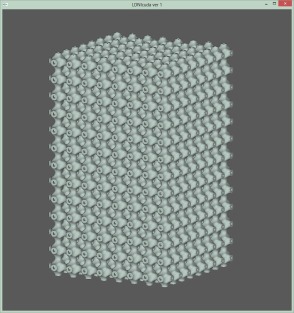
|
Scaffold (A) 1) File > Open > Choose A.obj 2) LDNI >CUDA Scaffold Making > input resolution e.g. 512, 1024, 2048 3) Input the repeated number of unit along x, y and z axis 4) Input the offset value (the interval distance between each unit along x, y and z axis) 5) Input the flipping flag for each direction ( 1- flip and 0 - no flip) Example  e.g. repeated number < 2 1 1> offset value <0 0 0> flip flag <1 0 0> |
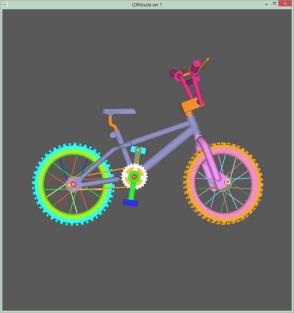

|
Super Union (A + B + C....) 1) File > Open Folder > Choose folder which stored all the components 2) LDNI > Cuda Super Union > input resolution e.g. 1024, 2048, 4096 |
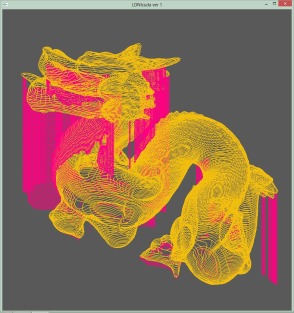
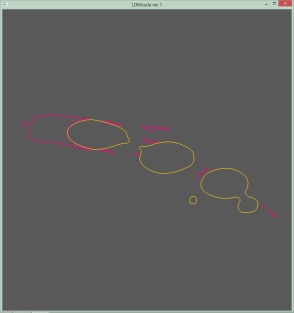
|
FDM (output toolpath file) 1) File > Open > Choose A.obj 2) Mesh > Shift To Origin 3) Mesh > Shift To Positive Coordinate System 4) LDNI > Cuda samlping (from B-rep) > input resolution e.g. 512, 1024, 2048 5) LDNI > Generate Contour and Support on CUDA (FDM) > input image sampling width [6] e.g. 0.005 |


|
SLA (output image file) 1) File > Open > Choose A.obj 2) Mesh > Shift To Origin 3) Mesh > Shift To Positive Coordinate System 4) LDNI > Cuda samlping (from B-rep) > input resolution e.g. 512, 1024, 2048 5) LDNI > Generate Contour and Support on CUDA (FDM) > input image sampling width e.g. 0.005 Input parameters for generate supporting structure [6] 6) input Thickness [thickness of layer] e.g. 0.004 7) input Anchor Radius [radius of support anchor] e.g. 0.2 8) input Threshold [self-support feature threshold] e.g. 0.2 9) input Cylinder Radius [radius of support cylinder] e.g. 1.0 10 input Pattern Thickness [thickness of the connection structure between support cylinder] e.g. 10 * the numbers are varied, depends upon the fabrication volume and the machine |
Please leave your comments or report bugs here.